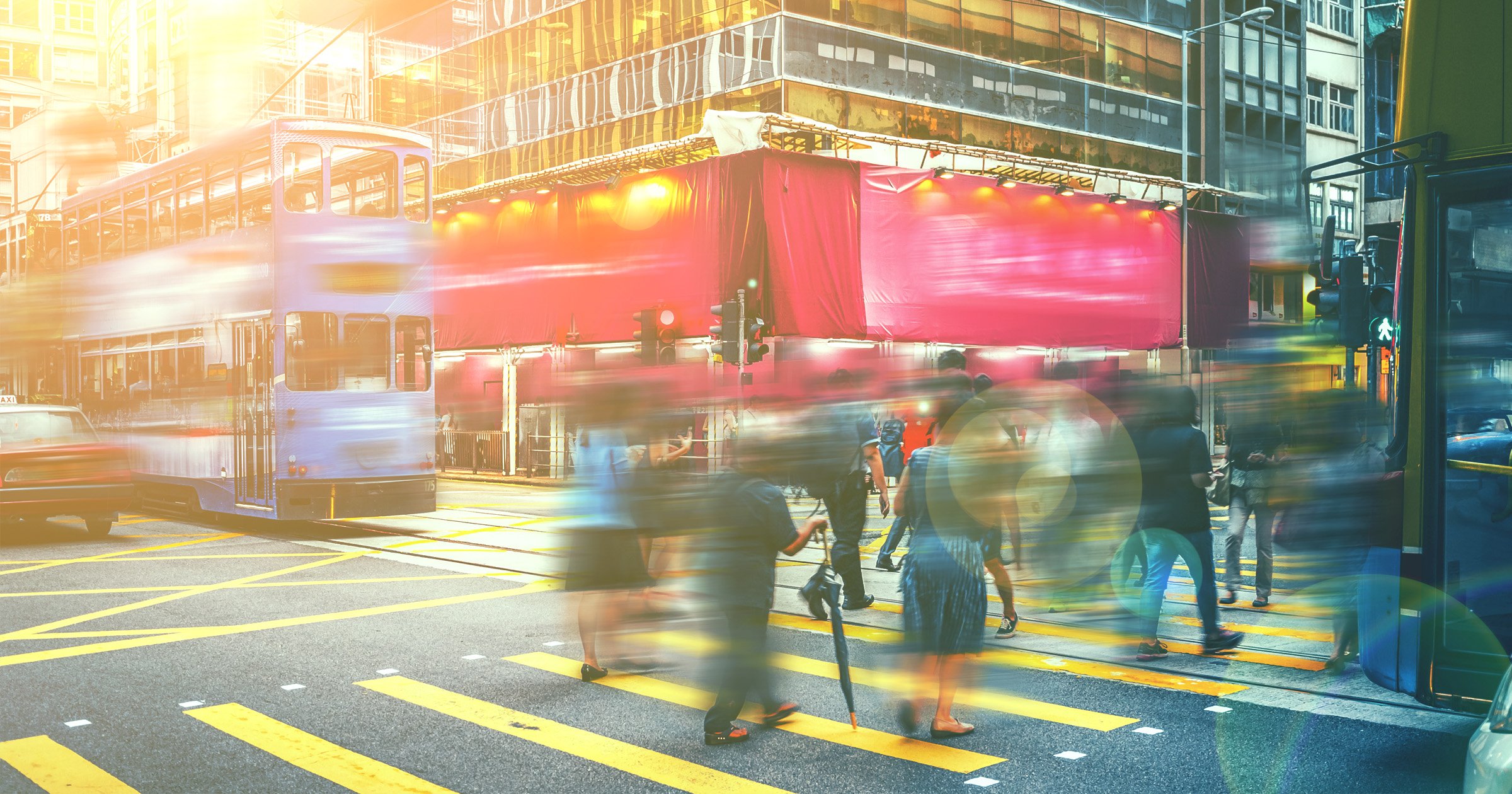Autonomous Delivery Robots Transform Last-Mile Logistics
Drones and robot couriers help humans keep up with the increasing e-commerce demand.
FUTURE PROOF – BLOG BY FUTURES PLATFORM
Rapid advancements in automation and ever-increasing demand in e-commerce may soon pave the way for the wide adoption of robot and drone technologies in the last-mile delivery of products. Robot couriers have the potential to solve multiple issues associated with inefficiencies in logistics such as high labour costs, energy efficiency, and traffic congestion.
Optimising last-mile deliveries
Last-mile delivery, meaning the movement of goods from a local depot to the recipient, is the most expensive and inefficient phase of the entire logistics chain. It is time-consuming, energy-intensive and difficult to optimise, particularly in dense urban areas with complex infrastructures.
The surge in e-commerce and no-contact deliveries during the pandemic have put further stress on last-mile logistics networks and accelerated the adoption of automated delivery solutions. For example, Amazon has been planning a 30-minutes home delivery service using a combination of bulk delivering Zeppelins and last-mile delivery drones. Other autonomous delivery robots such as Nuro and Starship are already in use in some cities.
The future of warehouses in an automated world
The increase in automated last-mile solutions would reshape warehouses and delivery networks, making them more decentralised. Micro fulfilment centres, which are also known as “dark warehouses”, have already been a growing trend in many cities, and they are set to become even more common in the future. As shoppers increasingly switch to online shopping, abandoned shopping malls may also be repurposed as fulfilment centres.
The arrival of the delivery drones and robots into the logistics ecosystem will also usher in other infrastructure changes. As a result, the future of deliveries may look entirely different than today’s – delivery bots running on sidewalks, drones landing in backyards, or even ‘floating warehouses’ in the sky, as recently patented by Amazon, may become common sights.
Amazon patents a warehouse in the sky, CBS News
How can your organisation capitalise on this shift?
Experts expect e-commerce rates to grow even faster in the post-pandemic world, as many people have become accustomed to the convenience of online shopping during lockdowns. For instance, in a global historic first, online shopping is projected to account for more than 50% of all shopping in China by the end of 2021.
While there are very few delivery robots currently in service, growing e-commerce rates and new regulations will pave the way for increased adoption of these technologies. Their wide-scale use will have wide-reaching cross-industry implications, ranging from city planning to product design. Organisations that respond to these shifts now will be at an advantage to shape future markets and value networks.
Assess what this shift means for your organisation and identify innovation opportunities. Try Futures Platform digital foresight solution for free today to discover more in-depth analyses about Robot Couriers and hundreds of other disruptive future trends on Futures Platform’s content database.
Are you a Futures Platform user? Log in to your account to continue reading about this trend.




